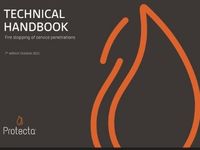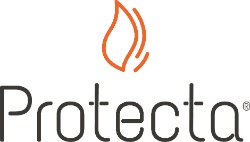Penetration Sealing
Passive Fire Protection (Penetration Sealing)
Penetration sealing is a pure passive fire protection method. Passive Fire Protection (PFP) is a fundamental factor of fire safety in a building. Moreover, it is equally important with Active Fire Protection.
The idea is to properly seal the fire compartments. This sealing must be done with special material. The aim is fire be kept in the area for a minimum period . Thus giving opportunity to people to escape and fire fighters to extinguish the fire.
PFP goal is to contain fires or slow the spread of fire. Therefore, we use a variety of elements. As an example, is the use of fire-resistant walls, then floors, and finally doors. In case of a fire hazard, flames may escape through openings. As a result, they can spread to the storey above.
The solution to this danger apart from fire resistant walls doors and floors, is isolating the needed areas. The tools we can use are fire wraps and collars. Then we have fire mortars and boards. Furthermore, you can use fire acrylics and other special sealants. Even fire paints. Intumescent fire grilles can be used for special openings. Another solution you can use is fire transits, special puddy pads and cords.
The aim is to seal all penetrations that are done on fire compartments. Usually, these penetrations are done by pipes and wires even ducts, that installers pass by. All these must be robberly sealed.
The installers must follow the exact manufacturer’s instructions. Special handbooks are available. Moreover, the installers shall use only certified products with CE and all certificates needed.
Passive fire protection is effective only via trained installers.
Fire Wraps
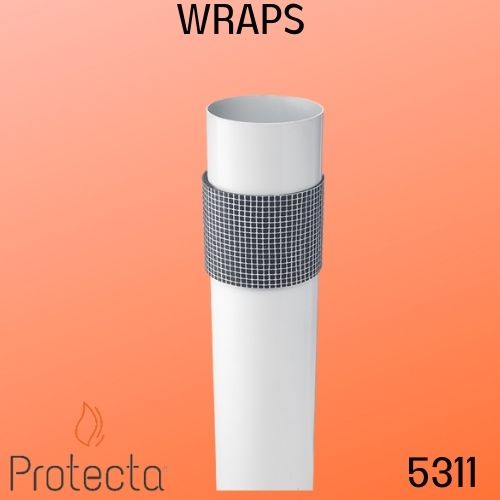
Fire Collars
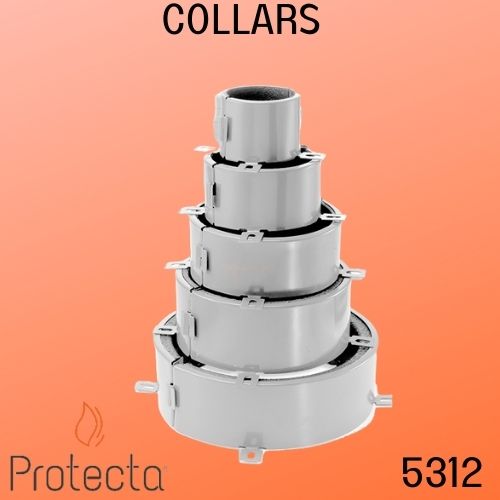
Service Sleaves

Fire Boards
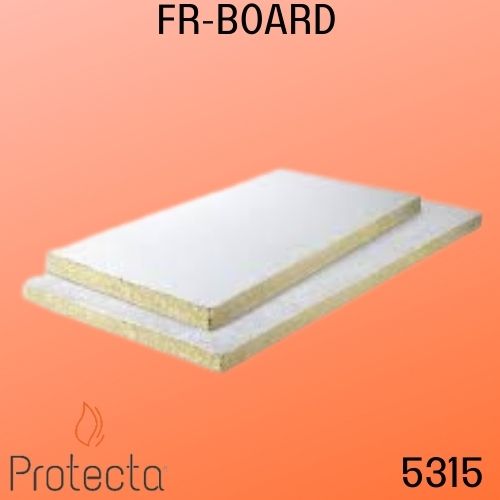
Fire Mortar
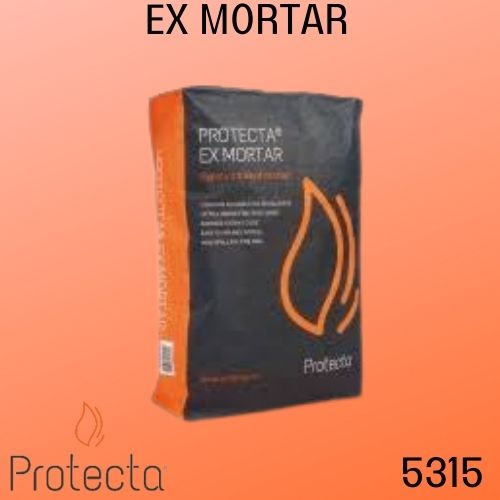
Putty Puds
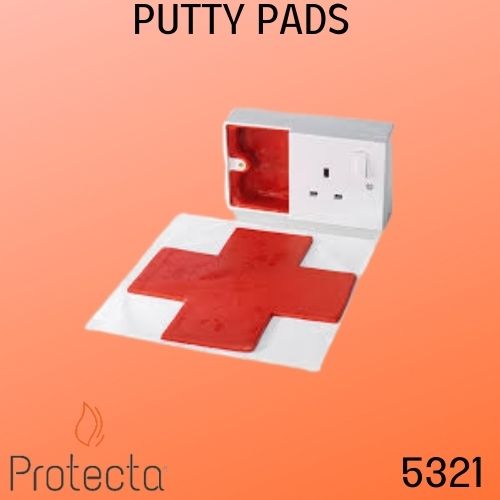
Fire Grilles
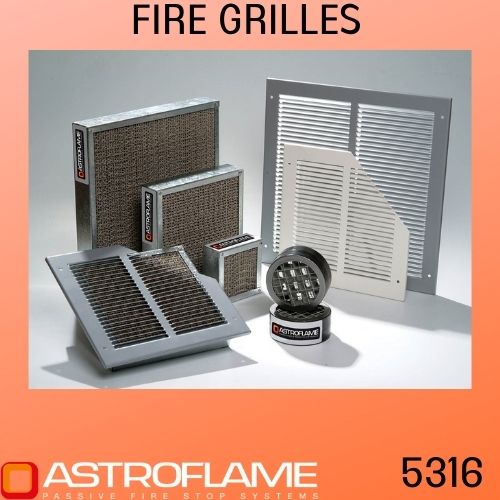
FR-Acrylic
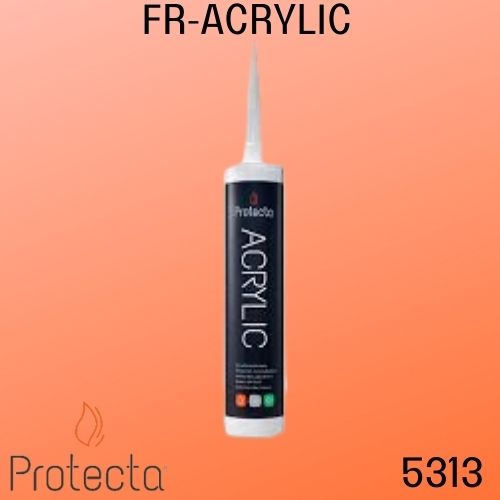
FR-Graphite
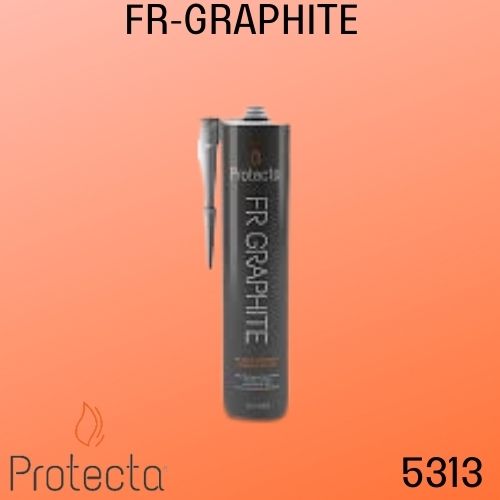
Fire Paint
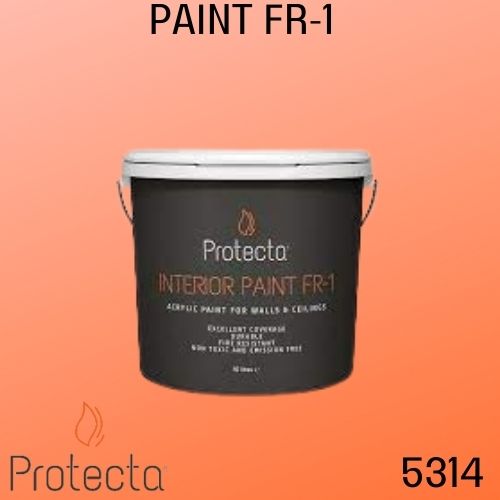
PDF DOWNLOADS
Our brands for Services Penetration Sealing and Passive Fire Protection : Polyseam Protecta in UK.



